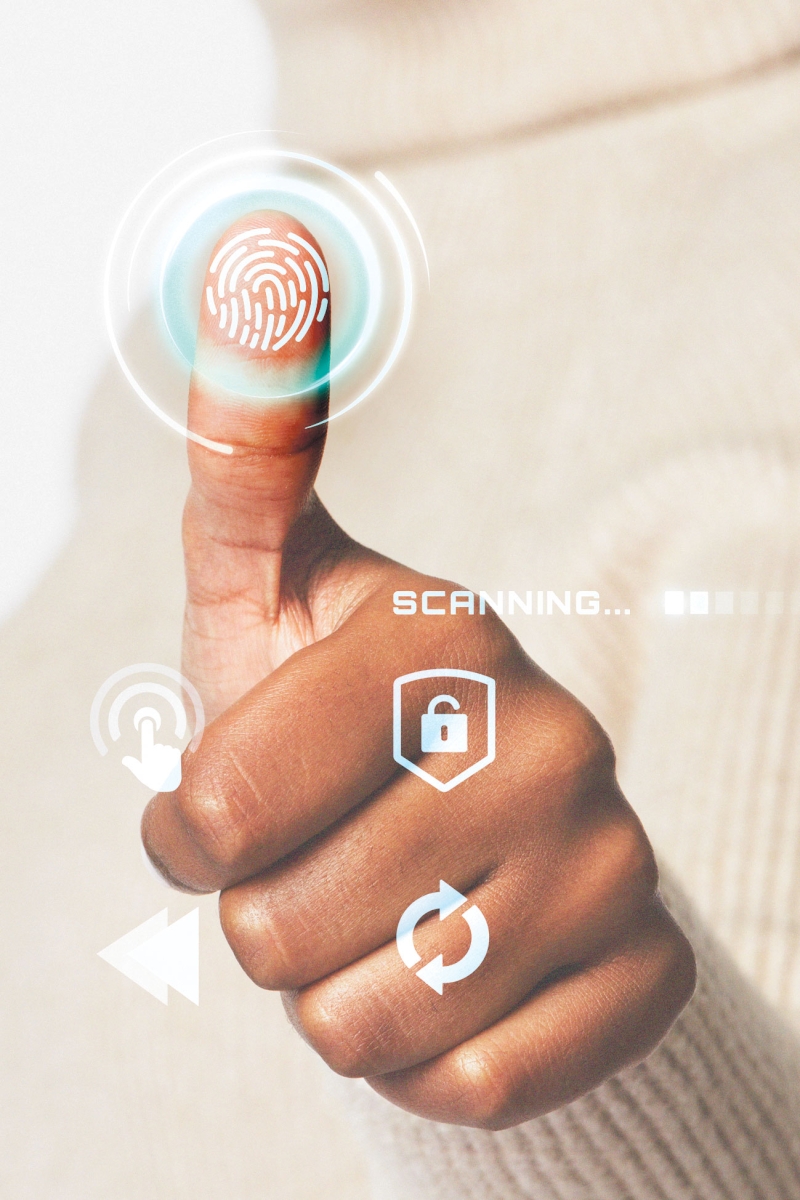blockchainWorld

Identity and Digital Credentials
Digital identity and credentials: how blockchain is revolutionizing the system. The last 100 lives, our "personality" and that is supported by the credentials, a system that has not undergone much change. However, this may change thanks to the introduction of digital identity and blockchain-based credentials.
This innovation promises to make our daily lives easier, and has been presented as a possible solution to the knowledge and privacy challenges we face online.
In this article, we'll explore how blockchain-based digital identity works, as well as how recent developments such as Decentralized Identifiers (DIDs) and Verifiable Credentials (VCs) are shaping the future of digital identity.
- Identification of evolution
Credentials have a simple purpose: to facilitate interaction between.
From ancient Egypt to medieval Europe, identification methods have evolved little. Pharaohs used clay tablets to authorize their officials, and in medieval Europe, illuminated seals were used to validate documents. However, today's physical identifiers have changed since then, especially the last 100. Although passports make it easier for customs agents to identify those who have inserted the chips, the overall experience for people has not improved much.
In the digital world, verifying our identity is still annoying and dangerous. Interaction requires a new account, creating vulnerabilities and complications for users. We face two problems: lack of a common online identity when working with this company to make identity transactions. Changing information means updating all accounts, and worse, we have no control over our data. However, blockchain technology can be the solution to this challenge.
- Blockchain: revolutionary identification
Blockchain-based identity and Digital Credentials work through a system of cryptographic keys, consisting of a public key and a private key. These keys form a kind of "fingerprint" for a user of the blockchain network, eliminating the need for validation by authorities.
- Public key: it is the identification address in the blockchain network and is visible to all participants. It works as a label that reveals your identity online.
- Private key: this key is protected by the user and used to sign and authenticate actions performed online. It is basically a code that guarantees the authenticity and authorization of transactions.
Every time a user takes an action, such as a transaction, that activity is recorded on the blockchain. The digital signature that starts in this process not only guarantees the authentication of the action, but also shows secure traceability. This mechanism makes it possible to establish a clear and immutable register of the activities it carries out.
However, despite the opportunities it finds, Blockchain-based identities and Digital Credentials face a challenge: fragmentation. With multiple blockchains, your identity can become fragmented, making it difficult to verify who you are. In this sense, it is essential to look for solutions to see identity in a more appropriate and safer way in this diverse environment.
- DIDs and VC: Empowering Digital Identities
Decentralized Identifiers, known as DIDs, are unique in the digital world and operate on blockchains, and at the core of Blockchain-based Digital Credentials, eliminating the need to rely on central authorities for validation. The DID is tied to a public key on the blockchain, giving the owner exclusive control over their private key, ensuring portable identity and preventing fragmentation.
- Blockchain as a defense against AI abuse
At the same time, verifiable credentials (VC) are essential in a blockchain-based digital identity infrastructure. These digital claims, issued by trusted entities, are made by DIDs. DID owners have full control over their VCs, allowing flexible management and credential sharing.
By combining DIDs and VCs, identities are viewed autonomously and securely, facilitating the exchange of trusted statements. This approach allows individuals private control over their identity and provides organizations with accurate and falsifiable proof of trusted issuers.
Let's look at an example: Imagine you are at a party and you have to prove that you are of legal age. While your friend uses a traditional ID, a QR code and you scan it at the door. By doing this, you activate a VC backed by a trusted source that confirms you are of legal age, such as the government. VC is connected to your unique Decentralized Identifier, and by sharing it, you verify its authenticity with your unique signature. This way, the organizer can verify the signatures and confirm that you are of legal age and that the VC is legitimate.
Multimedia
Smart & Green Fundazioa Summer Courses from UPV/EHU

What are you waiting for? Sign up
Blockchain Conference La Rioja









